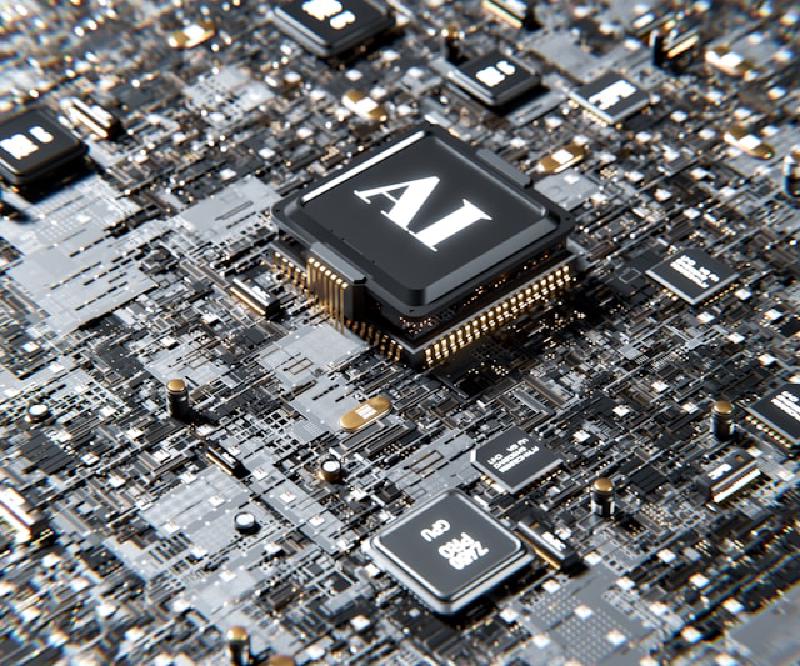Remember when having a website felt revolutionary? When mobile apps seemed like magic? We’re standing at the threshold of another seismic shift in digital technology, and this time, it’s deeply personal. The era of hyper-personalized applications has arrived, and artificial intelligence is the key that’s finally made it economically viable.
For decades, the dream of truly personalized software existed only in the realm of science fiction or the budgets of Fortune 500 companies. Custom applications tailored to individual needs were technically possible, but the cost of development made them accessible only to those with deep pockets. The economics simply didn’t work for most use cases of bespoke apps for a single user or a small group of people.
But AI has fundamentally changed this equation. Today’s AI-powered development tools are like having a team of developers working around the clock, capable of generating code, designing interfaces, and solving problems at unprecedented speed. What once required weeks of manual coding can now be accomplished in hours, with AI handling common cases in database architecture, backend and user interface design.
The Economics of the Impossible
This shift isn’t just about faster development, it’s about making the previously impossible, possible. Consider the grandmother who wants a simple app to track her grandchildren’s milestones, complete with photo sharing and family notifications. Or the small business owner who needs a custom inventory system that perfectly matches their unique workflow. These weren’t viable projects before because the development costs far exceeded their budgets.
Now, with AI assistance, a skilled developer can create sophisticated, personalized applications for a fraction of the traditional cost. This cost reduction is opening floodgates to entirely new categories of software.
Real-World Applications Taking Shape
The potential examples emerging from this new paradigm are as diverse as human needs themselves. In healthcare, we might see personalized medication tracking apps built for individual patients with complex conditions, incorporating their specific dosages, timing requirements, and side effect monitoring. These aren’t generic health apps with customization options, they can be purpose-built for one person’s exact medical journey.
In education, hyper-personalization could be applied with a learning app created specifically for a child, incorporating their particular learning style, favorite characters, and the exact patterns they struggle with most. Traditional educational software tries to be everything to everyone; AI-enabled personalized apps can be everything to someone.
Creative professionals could get tools to match their exact workflows. A photographer specializing in pet portraits might have an app that automatically organizes photos by breed, sends customized delivery messages to pet owners, and tracks the specific lighting conditions that work best for different coat colors. It’s software that thinks like they do because it was built specifically for how they work.
Beyond Individual Users
The revolution extends beyond single-user applications to hyper-specific communities and use cases. Support groups for rare diseases can now afford custom platforms that address their particular needs, complete with specialized terminology and relevant resources. Hobbyist communities can commission apps that understand their unique jargon, scoring systems, and social dynamics.
Even within larger organizations, departments can now afford truly customized tools. The accounting team at a mid-sized law firm might have an expense tracking app that understands their specific billing codes, client categorizations, and reporting requirements—something that would have been prohibitively expensive to develop traditionally.
The Creative Renaissance
What’s most exciting about this shift is how it’s democratizing software creation. We’re entering an era where having a digital solution for any specific need is becoming as accessible as hiring a local craftsperson. The barrier between “I wish there was an app for that” and actually having that app is rapidly disappearing.
This accessibility is fostering incredible creativity in problem-solving. People are identifying pain points in their daily lives and actually doing something about them, rather than accepting that “that’s just how things work.” A parent managing multiple children’s sports schedules doesn’t just complain about existing calendar apps anymore, they can afford to have one built that works exactly how their family operates.
The Road Ahead
We’re still in the early days of this transformation. As AI development tools become more sophisticated and accessible, the cost and complexity barriers will continue to fall. We might soon see a world where commissioning a personalized app is as straightforward as hiring someone to paint your house, a specialized service, but not an extraordinary expense.
The implications extend far beyond convenience. This shift toward hyper-personalized software could fundamentally change how we interact with technology. Instead of adapting ourselves to fit the constraints of mass-market applications, we’ll increasingly have digital tools that adapt to us.
The era of one-size-fits-all software isn’t ending entirely, but it’s no longer the only game in town. For the first time in computing history, truly personalized digital experiences are within reach for everyone. The question isn’t whether this future will arrive, it’s already here. The question is: what will you build?
The tools exist, the economics work, and the possibilities are limitless. Welcome to the age of software that’s made just for you.
Are you interested in learning more about this process or explore how could it be applied to your particular needs? Please send me a message using the form below, for a no-commitment, exploratory talk about your project.

